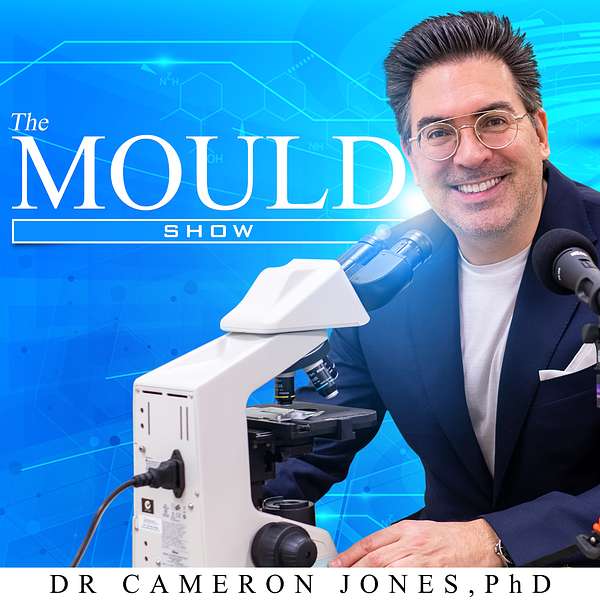
The Mould Show
The Mould Show
Can toxic indoor mould cause immunosuppression?
Imagine that at your workplace - you move to new offices and these offices are sited partially below ground level. Within three months of moving into the new offices, every person who works there has started to suffer from symptoms that consistent with exposure to a water damage buildings and are reacting to the microbes and moulds that are commonly found in these environments.
When the symptoms became unbearable, the office staff started looking for answers. This week on The Mould Show, I'm going to be reviewing the research results that carefully examined each of those office workers to work out two things:
Firstly, was the building contributing something toxic that the workers were being exposed to? And secondly, how could this be best measured by the medical doctors who were involved?
This publication looks at whether or not immunosuppression and adverse events can be measured. And if so, how does one go about doing this? This publication appeared on the 21st of January 2022 in the Journal of Fungi: Toxic Indoor Air Is a Potential Risk of Causing Immuno Suppression and Morbidity-A Pilot Study.
What the scientists did was examine both the patient (that is the occupants of the workplace), and they also looked at the building to see what type of toxins and microbes could be detected.
The purpose of the research was how to prove causality between the symptoms experienced by the workers and exposure to the toxic indoor air. But the scientists weren't satisfied with just using microbiological technique to measure for mould, because it's well recognized that even though these tests are very sensitive and accurate to measure mould spore levels in the air - they can often miss the breakdown fragments of microbes that grow on water damaged buildings.
And therefore, this very exciting research from Finland has implemented a new method to assess toxicity indoors, which looks at collecting condensed indoor air water vapour and test that. Now what does this mean?
Well, essentially, they have devised and patented a method of rapidly collecting water vapor out of the air but again, how did they do this?
The Finnish scientists used three toxicity test methods to see how the indoor air might be compromised. The first one was to use THP-1 macrophages. We cover the other two cell, lines in the podcast.
But what about all those people who are working in water damaged building interiors? We know if they're being exposed to particulate matter, like mould spores and cell fragments, from typical indoor air quality tests like spore traps, bio tape lifts or direct microbiology from the air or surfaces onto Petri plates. But many of the mycotoxins can also be measured in urine? Thanks to this breaking research, there are other, new biomarkers like mycophenolic acid – which is tested from the water vapour indoors.
In turn, what do you think the contribution is to adverse health from mycophenolic acid exposure? The Finnish data shows that mycophenolic acid reduces immune function and the other types of in vitro tests showed that macrophages activity is reduced and that mitochondrial activity is increased, but also that bore sperm motility is interfered with.
Vaali K, Tuomela M, Mannerström M, Heinonen T, Tuuminen T. Toxic Indoor Air Is a Potential Risk of Causing Immuno Suppression and Morbidity-A Pilot Study. J Fungi (Basel). 2022 Jan 21;8(2):104. doi: 10.3390/jof8020104. PMID: 35205859; PMCID: PMC8877819. https://pubmed.ncbi.nlm.nih.gov/35205859/